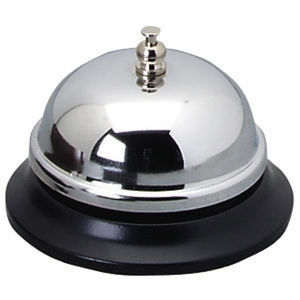Slam Rules & Storytelling Tips
Compiled from what we learned at previous Scranton StorySlams and from various other storytelling organizations.
- Stories must be true, as remembered by the storyteller.
- Stories are told, not read.
- No notes. Know your story by “heart” and avoid rote memorization, as you may find yourself on stage paralyzed, searching for your next line.
- Stories should be inspired by the theme.
- Know the first and last sentence of your story.
- Start with a bang: a strong first sentence to grab the audience’s attention.
- A good story will have a beginning, middle, and end, not necessarily in that order.
- Avoid meandering endings.
- A good story will have a conflict and a resolution.
- Have some skin in the game. Let the audience know why what happens in your story is important to you.
- People love personal stories. That’s what is so appealing about the StorySlam. If you are honest and fearless in what you share, people will LOVE your story.
- Your job is to make the audience care, and keep them on the edge of their seats.
- No essays, rants, or comedy routines!
- Map out your story and know your destination so you can get where you’re going and not get lost along the way.
- PRACTICE! You are not expected to “wing” it. The winning storytellers always practice telling their stories, so they don’t forget them when they are on stage. Also, it is critical to know whether your story is within the time limit.
- Have fun!

